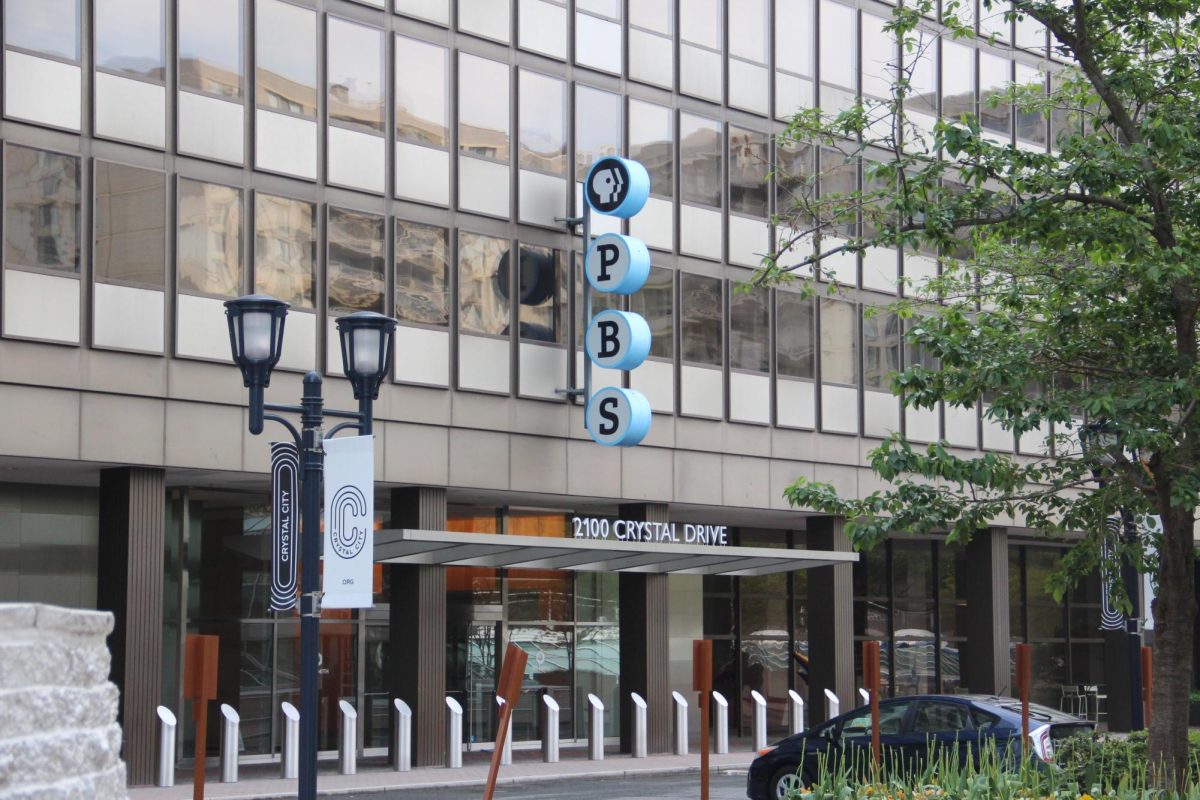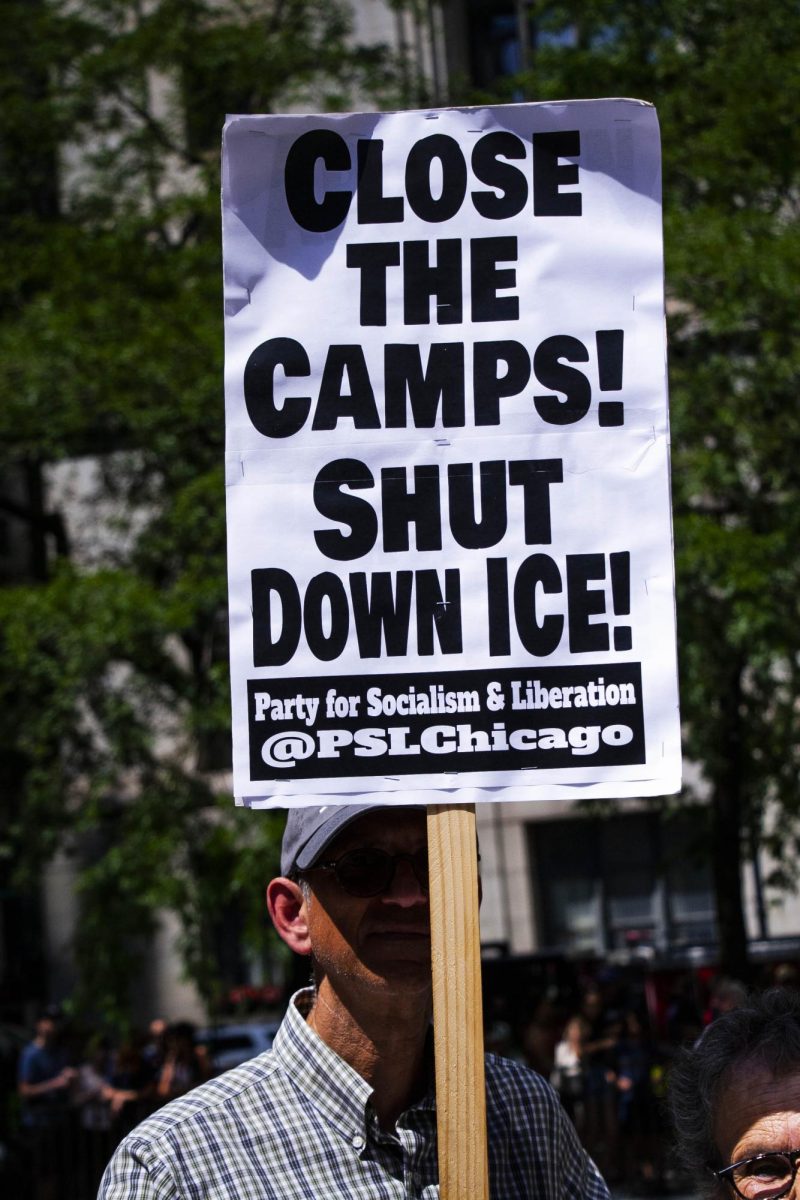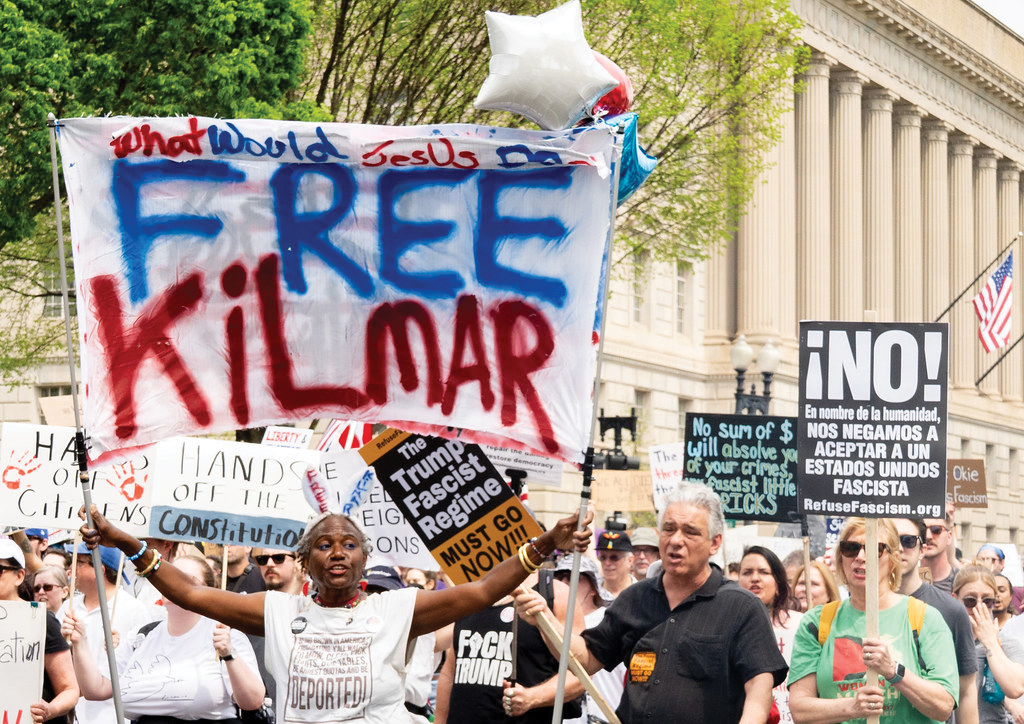President Donald Trump’s administration has begun a strategic scrutiny of public news, educational and cultural institutions.
The Corporation for Public Broadcasting (CPB), which distributes federal funds to National Public Radio (NPR) and the Public Broadcasting Service (PBS), announced on Aug. 1 that it will shut down its operations.
The announcement came a week after President Donald Trump signed a rescissions bill gutting federal funds for public media and foreign aid. Of the $9 billion in canceled funds, $1.1 billion was from the defunding of CPB over the next two years.
CPB has informed its employees that the majority of staff positions will be terminated by Sept. 30. A small team will remain until January 2026 to “focus on compliance, fiscal distributions, and resolution of long-term financial obligations including ensuring continuity for music rights and royalties that remain essential to the public media system,” according to the CPB.
CPB CEO and President Patricia Harrison made a statement saying, “Despite the extraordinary efforts of millions of Americans who called, wrote, and petitioned Congress to preserve federal funding for CPB, we now face the difficult reality of closing our operations.”
“CPB remains committed to fulfilling responsibilities and supporting our partners through this transition with transparency and care,” Harrison said.
Harrison continued by saying “Public media has been one of the most trusted institutions in American life, providing educational opportunity, emergency alerts, civil discourse, and cultural connection to every corner of the country.”
The CPB was created as a private corporation to fund public media stations nationwide for both programming and emergency alert systems. This is the first time in nearly 60 years that Congress has refused to fund CPB.
This affects NPR-produced news programs such as “Morning Edition” and “All Things Considered,” which depend on direct federal funds for a portion of their budget.
In more rural and low-income areas, NPR relies heavily on CPB grants. Programs such as the nightly “PBS NewsHour” and children’s programs such as “Daniel Tiger’s Neighborhood” help PBS generate around 15% of its revenue from federal funding. Approximately 1,000 member stations receive a large portion of their operating revenue through CPB.
NPR President and CEO Katherine Maher said, “The ripple effects of this closure will be felt across every public media organization and, more importantly, in every community across the country that relies on public broadcasting.”
PBS in North Carolina
In the wake of the CPB getting defunded, PBS North Carolina is offering voluntary separation offers to permanent employees. The public media organization said the offers were made amidst efforts to minimize involuntary staff reductions.
CEO of PBS David Crabtree said in a news release,“We did not create this — it was dictated by Congress. Nonetheless, we will play the hand we’re dealt and pledge to continue to be good stewards of our budgets.”
In addition to the voluntary separation offers, PBS North Carolina is reducing their non-personnel expenses, implementing a hiring freeze and eliminating vacant positions.
PBS North Carolina receives about $4.8 million annually from the CPB. The public broadcaster said the funding helps provide educational programming and emergency communications infrastructure.
PragerU: the new PBS?
Multiple conservative politicians have recently supported and partnered with the emerging Prager University Foundation, or PragerU, amid the recent broadcasting cuts.
Conservative talk show host Dennis Prager founded PragerU, a nonprofit media company in 2009. The company is not university-affiliated and has been subject to criticism for inaccurate retelling of history.
A clip from one of their shows has gone viral, depicting a cartoon version of Christopher Columbus minimizing slavery, saying it’s “as old as time and has taken place in every corner of the world,” and that, “Being taken as a slave is better than being killed, no?”
The clip continues,“Before you judge, you must ask yourself, ‘What did the culture and the society of the time treat as no big deal?’”
Another PragerU video featuring abolitionist Frederick Douglass claims that “slavery was a part of life all over the world. It was America that began the conversation to end it,” which is historically inaccurate.
Recently, Oklahoma Superintendent Ryan Walters for public instruction has partnered with PragerU for the first-ever teacher certification test. Walters said saying “that if applicants do not pass the test, they will not earn a teaching certificate to be able to teach in public schools in the state this school year, which begins for some Oklahoma districts on Monday.” He also said that this test is coming soon.
Walters claimed that teachers from “liberal” states who have moved to Oklahoma and seek to work in the school system must take the assessment that “keeps away woke indoctrinators.”
There are now ten US states that have allowed for educational collaboration with PragerU in their schools. Florida was the first state to accept PragerU content being taught in their schools — the Florida Board of Education approved PragerU videos shown to K-12 students in July 2023.
PragerU and the White House
PragerU’s biggest partnership has been with the White House.
PragerU partnered with the Department of Education to unveil an exhibit in the White House’s Founders Museum called “The Road to Liberty,” on July 25. The exhibit features AI-generated videos that intend to spotlight “the men and women who risked everything for liberty.” It depicts 61 caucasian men and women, and only one Black woman, from the American Revolution and the founding of the United States.
This exhibit is dedicated to honoring the sacrifices of these 62 men and women, commemorating the 250th anniversary of the United States.
History of the Smithsonian under review
The White House confirmed that President Trump plans on doing a “comprehensive review” of Smithsonian institutes — including the National Museum for African American History and Culture — to “ensure alignment with the President’s directive to celebrate American exceptionalism, remove divisive or partisan narratives, and restore confidence in our shared cultural institutions.”
This has already resulted in the Smithsonian National Museum of American History removing its references to Trump’s two first-term impeachments, which have now been restored with an updated and edited version.
Trump furthered his stance on Aug. 19 when he posted on Truth Social, criticizing the Smithsonian for their narrative of the United States’ history.
He said, “The Museums throughout Washington, but all over the Country are, essentially, the last remaining segment of ‘WOKE.’ The Smithsonian is OUT OF CONTROL, where everything discussed is how horrible our Country is, how bad Slavery was, and how unaccomplished the downtrodden have been — Nothing about Success, nothing about Brightness, nothing about the Future…. This Country cannot be WOKE, because WOKE IS BROKE. ”
The American Alliance of Museums which oversees all the museums put out a statement responding to the growing threats of censorship on Aug. 15. They shared, “This is not just a concern for select institutions.”
“These pressures can create a chilling effect across the entire museum sector. Freedom of thought and expression are foundational American values, and museums uphold them by creating spaces where people can engage with history, science, art, and culture in ways that are honest, fact-based, and thought-provoking…”
Public broadcasting and museums are institutions meant to communicate news and preserve history and culture for the average American citizen. The Trump administration has taken repeated actions towards altering publicly accessible media to align with their values. President Trump has made his goal to rewrite history and obstruct news access expressly clear, and his success now would only seem to be an omen to the future of public education.






